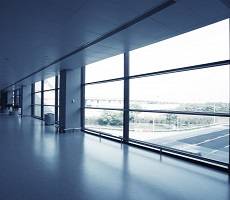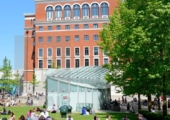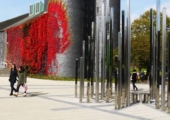April 30, 2013
Dubai developers switch unwanted commercial property projects to other uses
 The UK isn’t the only country looking to convert its unwanted office space into other uses. According to a new report from CBRE, the oversupply of new commercial property in Dubai is leading developers to switch the use of projects in the Emirate before they have even finished building them. With occupancy levels already at less than 50 percent in some areas and swathes of new developments coming online thanks to Dubai’s ongoing commitment to a policy of ‘build it and they will come’, developers are taking the decision to convert construction projects to homes or hotels.
The UK isn’t the only country looking to convert its unwanted office space into other uses. According to a new report from CBRE, the oversupply of new commercial property in Dubai is leading developers to switch the use of projects in the Emirate before they have even finished building them. With occupancy levels already at less than 50 percent in some areas and swathes of new developments coming online thanks to Dubai’s ongoing commitment to a policy of ‘build it and they will come’, developers are taking the decision to convert construction projects to homes or hotels.

























April 29, 2013
What Søren Kierkegaard can teach us about workplace design and management
by Mark Eltringham • Comment, Facilities management, Workplace design
(more…)